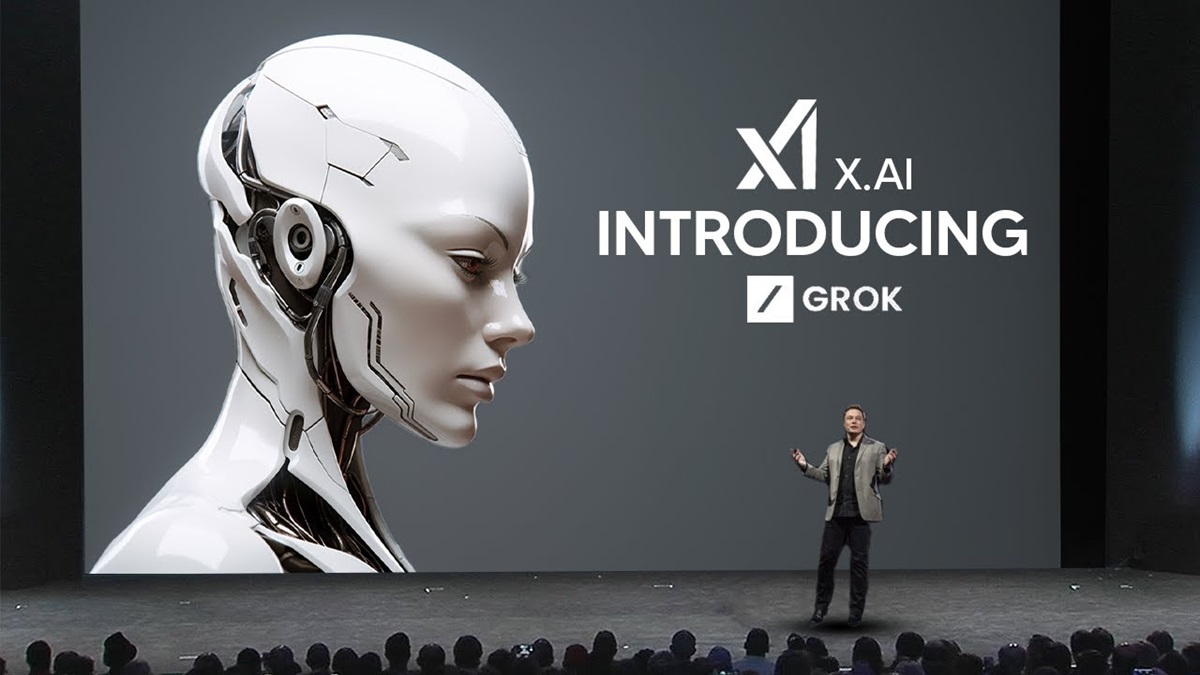
Grok, Twitter/X's AI chatbot, is now open source
XAI (a company co-founded by Elon Musk, backed with around a billion dollars for the development of technologies related to artificial intelligence), recently released the news about its decision to release the Grok source code their LLM that is used in a chatbot integrated into the social network X (Twitter).
Grok has been pre-trained using an extensive collection of data of text using xAI's proprietary learning stack. It has approximately 314 billion parameters, making it the largest open language model currently available.
Grok is now open source
Recently, Eleon Musk announced that Grok would become open source, which has already happened. This means that developers around the world can observe the inner workings of Grok and use it to power their own AI models.
The Grok artificial intelligence chatbot system, developed by Elon Musk's xAI company, was released to American users of social media platform X in December. Grok is designed to compete with the main artificial intelligence systems on the market, such as those from Google and, especially, OpenAI. What sets Grok apart from his competitors is his ability to incorporate humor and sarcastic tones, inspired by the artificially intelligent computers in the famous Hitchhiker's Guide to the Galaxy books.
The open version of the model Grok-1 is released in a basic representation and does not include specific optimizations for certain areas of use, such as organizing dialogue systems. This model It has approximately 314 billion parameters and has been trained from scratch by xAI using a custom training stack based on JAX and Rust. xAI has made it clear that they are releasing the model weights and architecture under the Apache 2.0 license, allowing for commercial use. However, it is important to note that this version does not include the data used to train the big AI language model nor does it offer access to real-time data.
Grok's open source approach could highlight its weaknesses, but Musk is an open source advocate and has been an investor in OpenAI. Despite this, he is currently controversially suing OpenAI, arguing that the company has strayed from its founding principles of openness toward a pursuit of profitability. Musk's lawyers even suggest that OpenAI is keeping parts of its GPT-4 AI system secret from the market.
Musk has expressed his opinion on the importance of transparency and the search for truth in artificial intelligence. He has mentioned that although there is still work to be done, his platform X is the most transparent and seeks the truth. Additionally, he has criticized efforts to make AI diverse at all costs, citing recent ethical issues on other platforms.
Open access to Grok is an attempt by Musk to demonstrate the lack of bias in the system and democratize access to artificial intelligence. Developers can now leverage Grok code to create AI applications and services in a more accessible and transparent way.
Finally, It is worth mentioning that the code, Neural Network Architecture and Use Cases A ready-to-use file has been made available with the model, which has a size of 296 GB.
To perform tests with this model, It is recommended to use a GPU with a large amount of memory, although the type of memory required is not specified. While a static version of the model is publicly available, an additional feature is being developed for the Grok chatbot that dynamically integrates with new emerging content. This dynamic integration is achieved through collaboration with the X/Twitter platform, allowing access to new knowledge in real time.
If you are interested in knowing more about it, you can check the details in the following link